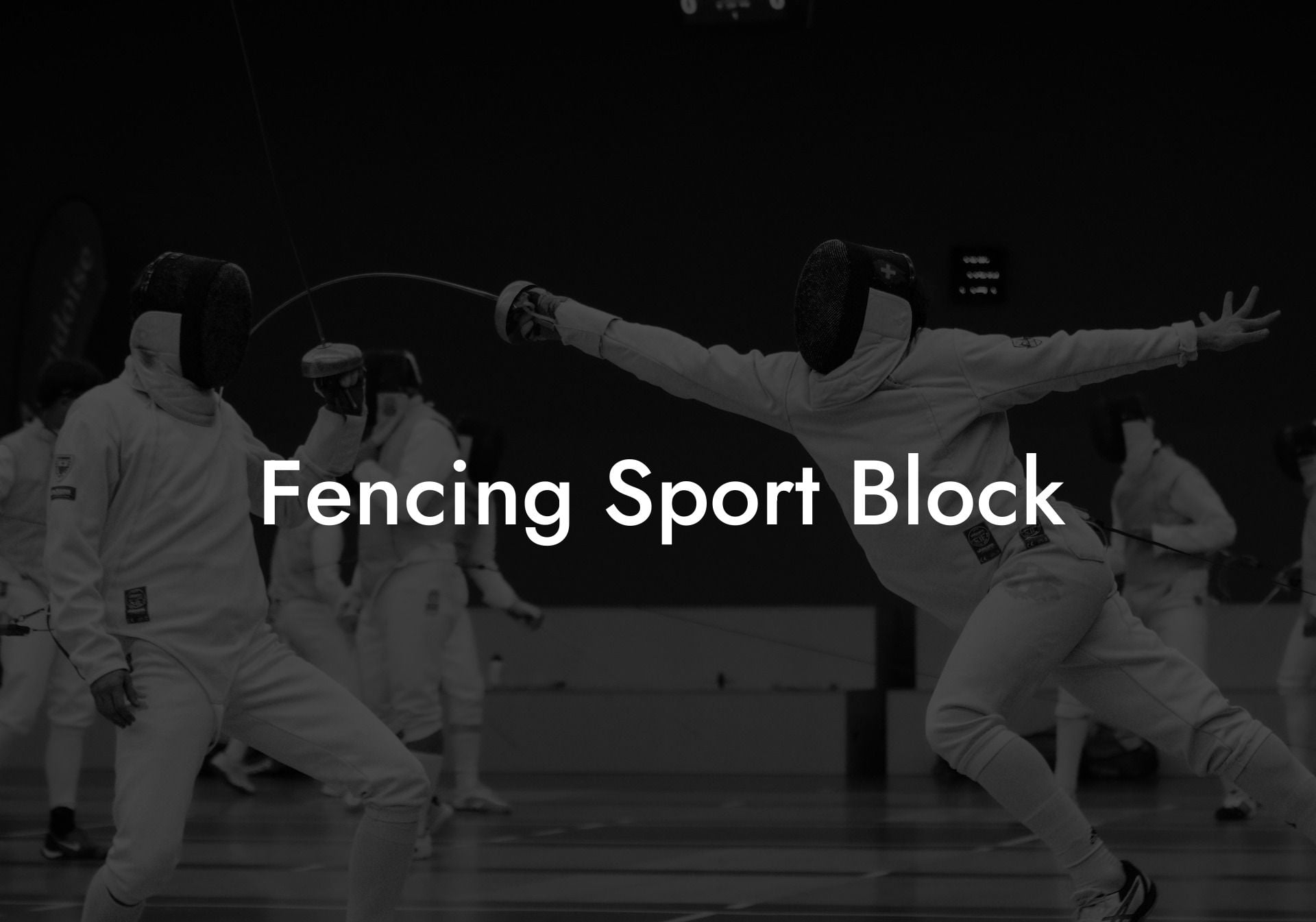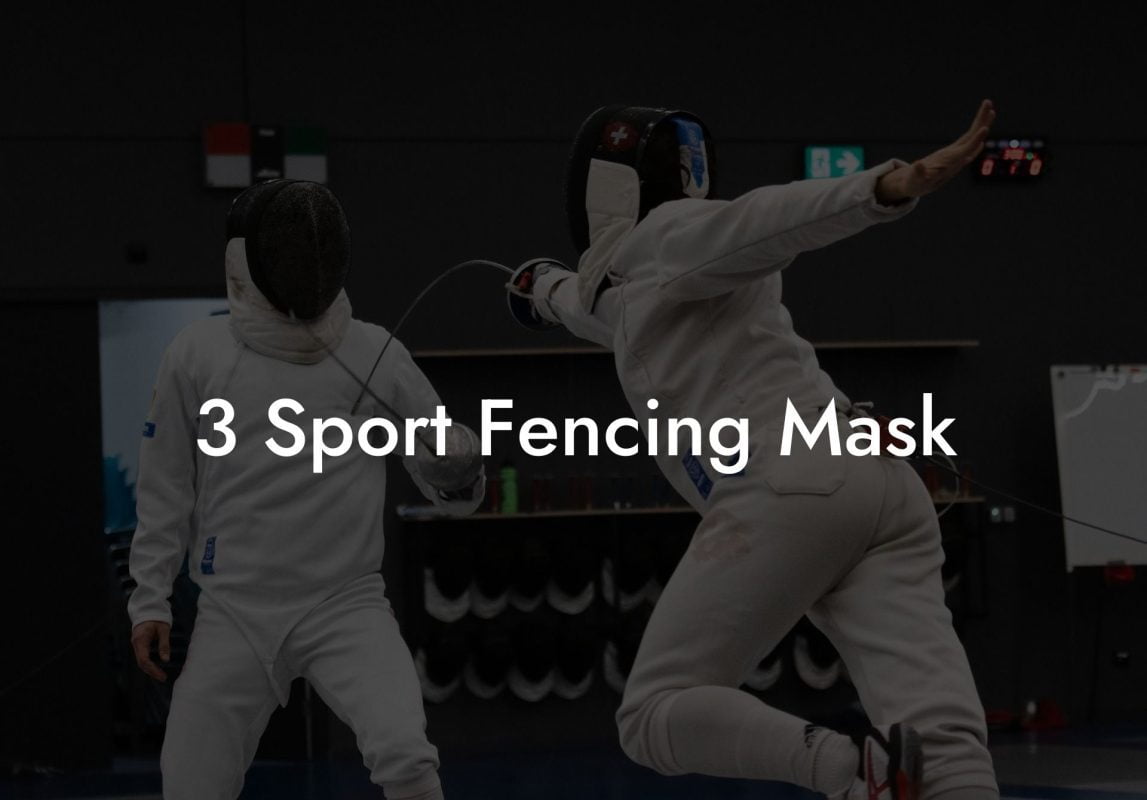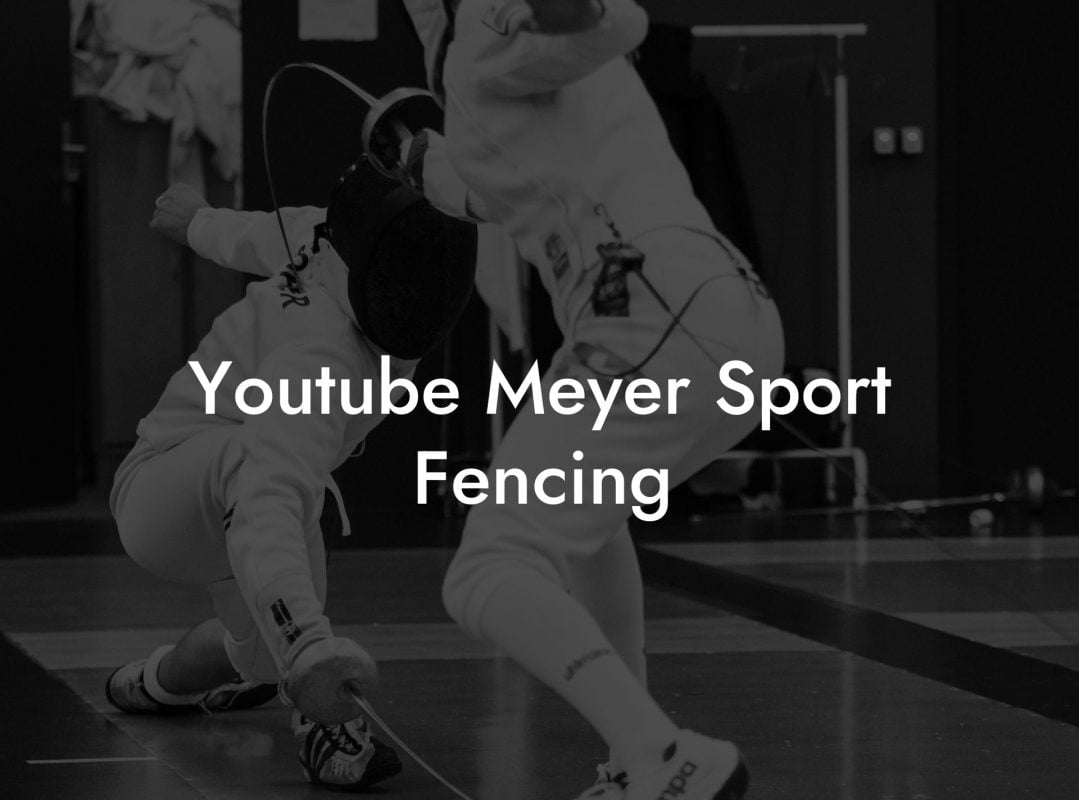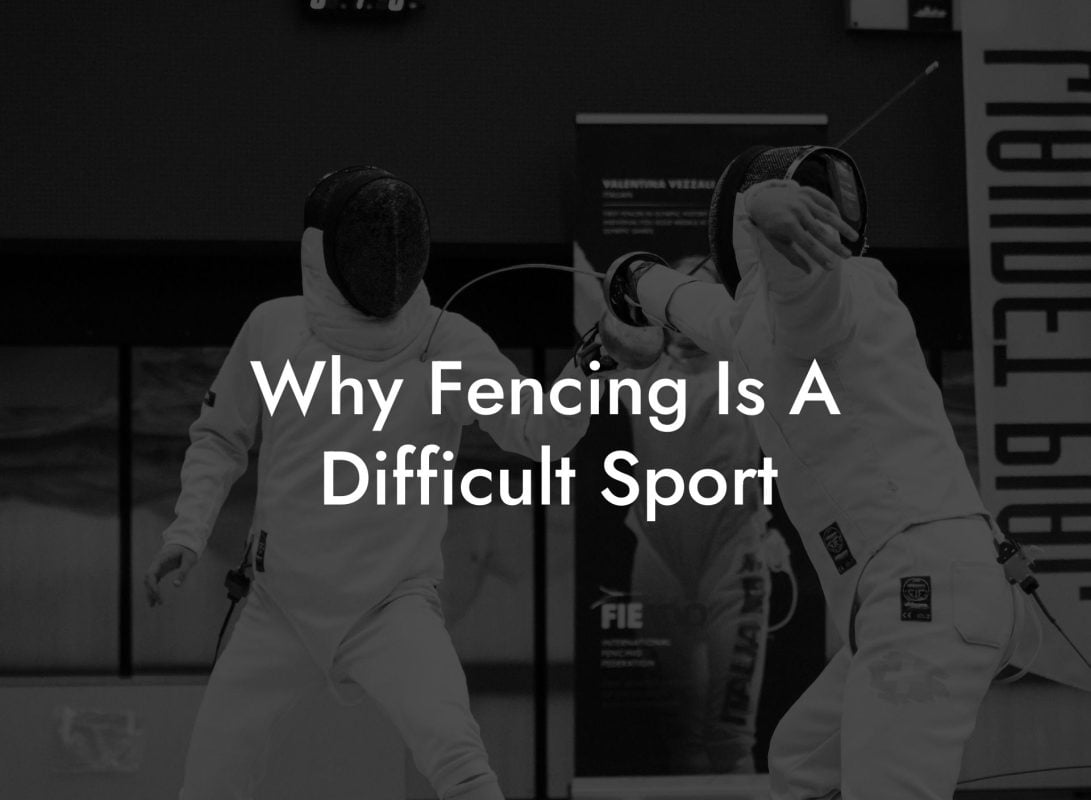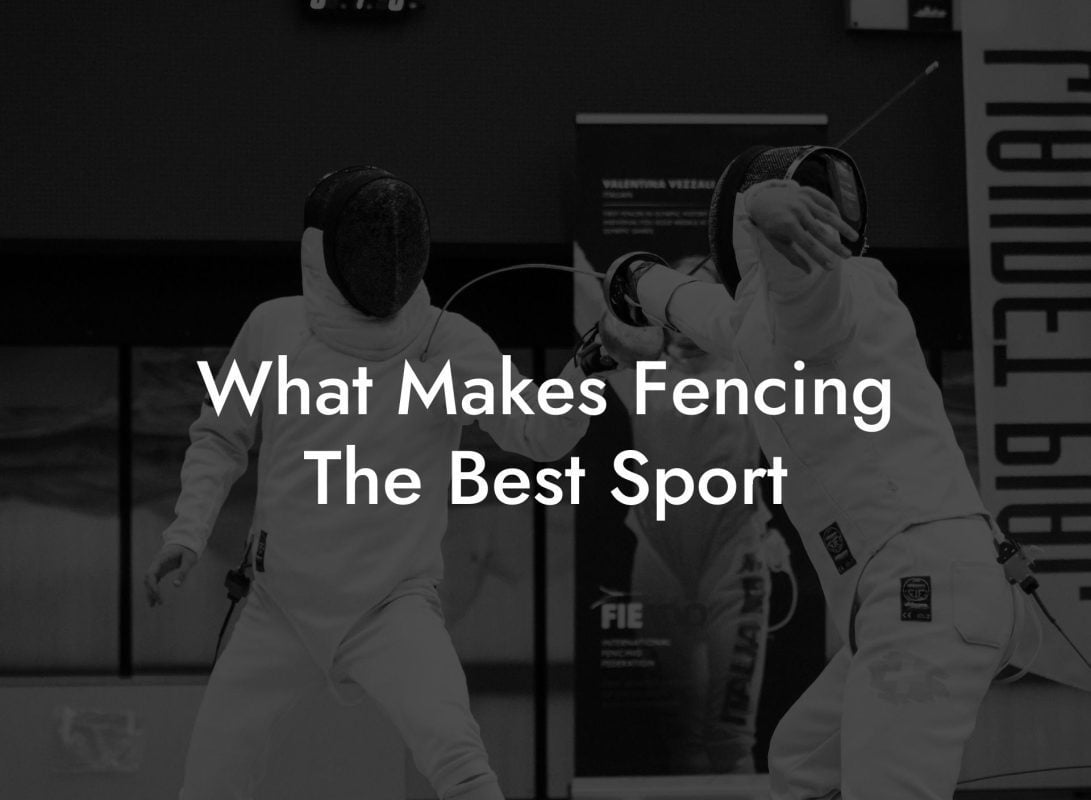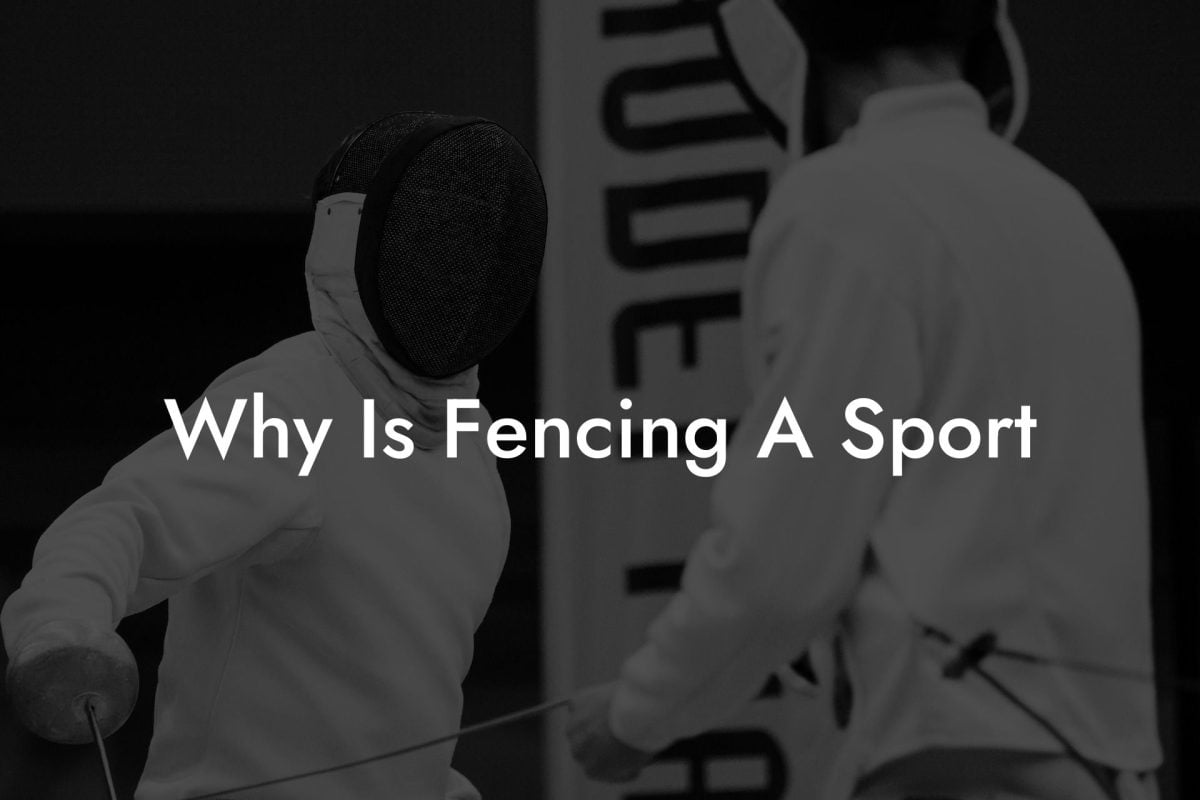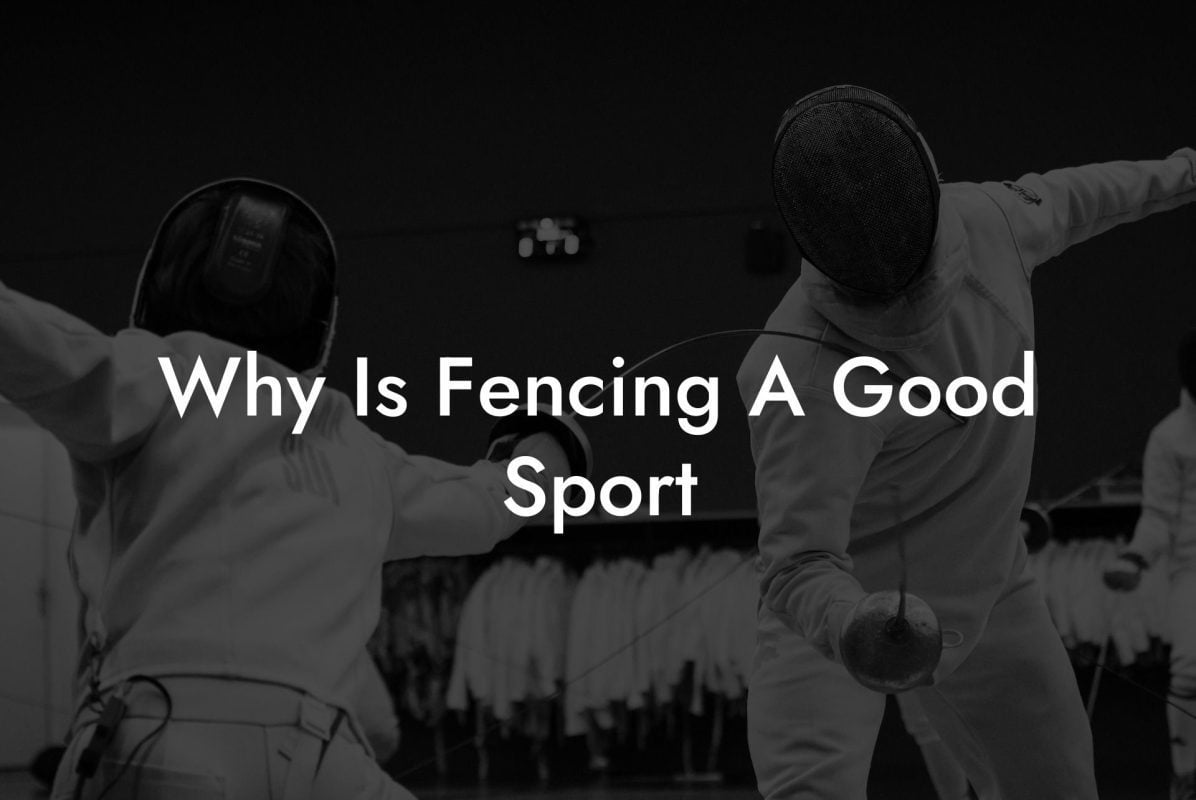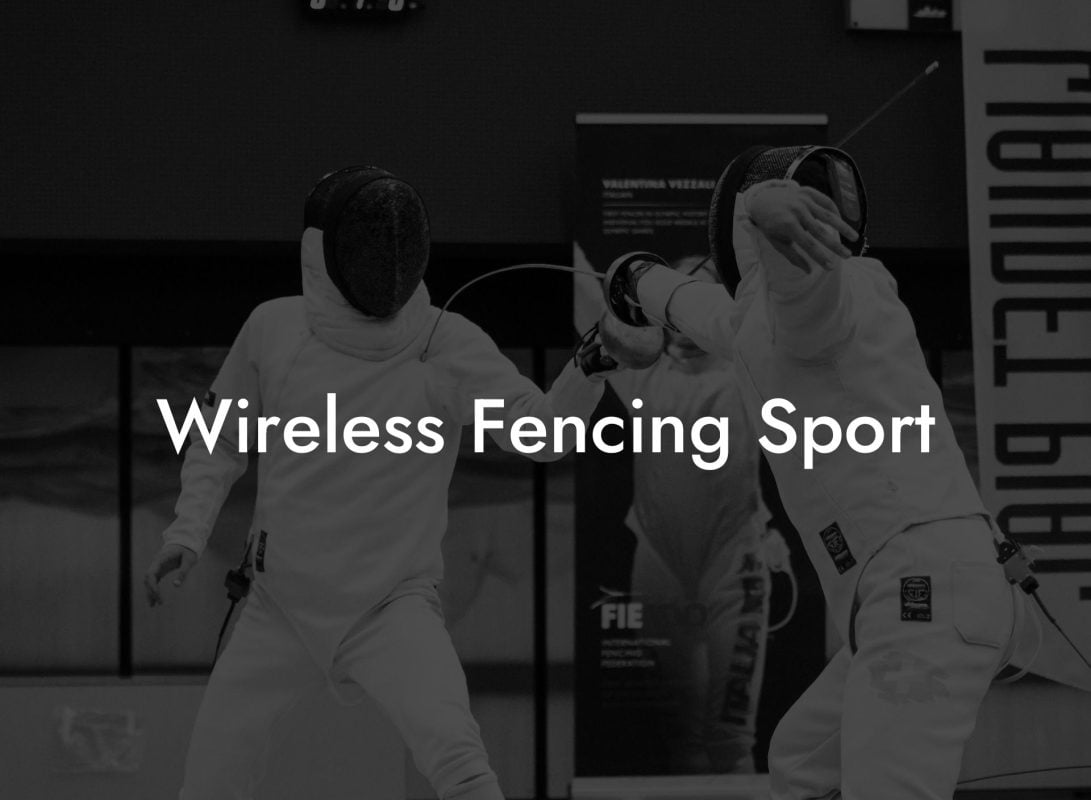There are a variety of different sports that offer unique challenges, and fencing sport block is certainly one that stands out from the rest. With its roots in historical swordplay, fencing has grown to become an intricate and exhilarating sport that captures the hearts of many. In this article, we will delve into the world of fencing sport block, providing a comprehensive guide to its rules, techniques, and equipment required to excel. We will also explore the sport's rich history and offer a realistic example of what you can expect when engaging in a fencing bout. So, let us embark on this journey together and learn all about the fascinating world of fencing sport block.
Fencing Sport Block Table of Contents
The Basics of Fencing Sport Block
The Basics of Fencing Sport Block
Fencing sport block consists of three disciplines, each with its own unique set of rules and equipment: foil, epee, and sabre. These disciplines originated from different regions of Europe, which influenced the specific techniques and strategies used in each weapon. We will now look at a brief overview of each discipline:
Foil
Foil is a lightweight, thrusting weapon, and its rules center around accurate target placement and right-of-way. The main target area is the torso, and points are scored by making contact with the tip of the weapon.
Epee
Epee is a heavier thrusting weapon with a larger guard than the foil. The entire body is considered a valid target area, and points are scored through contact with the tip of the weapon. There is no right-of-way in epee, meaning both fencers can score points simultaneously.
Sabre
Sabre fencing focuses on slashing and thrusting actions, and the valid target area includes the upper body. In sabre, there is a right-of-way, similar to foil, meaning accurate target placement and strategy are key factors in scoring points.
Fencing Sport Block Techniques
There are several core techniques that fencers must master in order to excel at fencing sport block:
- On Guard: The basic starting position in fencing, preparing both fencers for the bout.
- Advance: Moving forward towards the opponent to close the distance.
- Retreat: Moving backward, away from the opponent to create distance.
- Lunge: A sudden, aggressive move forward to attack the opponent.
- Parry: Defending against an opponent's attack by deflecting their blade.
- Riposte: An immediate attack following a successful parry.
- Disengage: A quick maneuver to avoid an opponent's parry and counterattack.
Fencing Sport Block Equipment
Just like other sports, fencing sport block requires specific equipment to ensure safety and proficiency:
- Mask: A protective, padded helmet with a metal mesh face guard.
- Jacket: A long-sleeved, padded jacket for torso protection.
- Glove: A sturdy glove worn on the weapon hand to provide grip and protect the fingers.
- Knicker: Special trousers designed to allow for unrestricted movement during bouts.
- Plastron: A protective, padded undergarment worn beneath the jacket.
- Chest Protector: A plastic chest guard worn by female fencers for additional protection.
- Weapon: Foil, epee, or sabre, specific to the discipline being practiced.
Fencing Sport Block Example:
Imagine you are participating in a foil fencing bout. You both salute and take your on-guard positions, with your target areas being the torso. The bout commences, and you advance towards your opponent, while they retreat to maintain distance. You see an opening and attempt a lunge attack, but your opponent successfully parries your blade. Quickly, you disengage and avoid their riposte, counter-attacking to land a clean touch on their torso. Point awarded, you both return to your on-guard positions, ready for the next exchange.
Fencing sport block is a captivating and complex sport that offers a blend of physical prowess, strategic thinking, and grace. It is a journey of self-improvement, learning, and camaraderie with fellow fencers. We hope this guide to fencing sport block has provided you with valuable insights and has ignited a passion for this unique and rewarding sport. Please feel free to share this article with those who might be interested in discovering the world of fencing as well. Be sure to explore other guides on Anchorage Fencing Club to expand your knowledge and prepare you for your own fencing journey. En garde!

